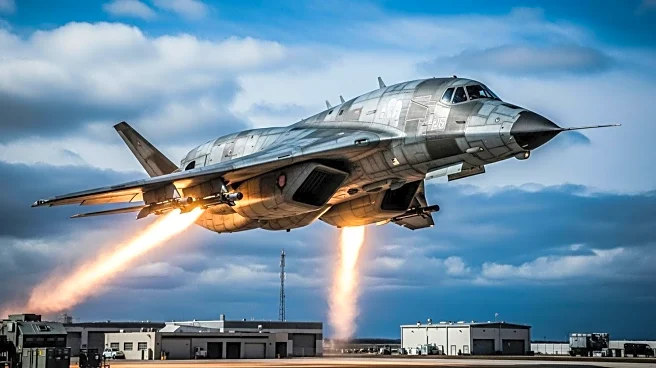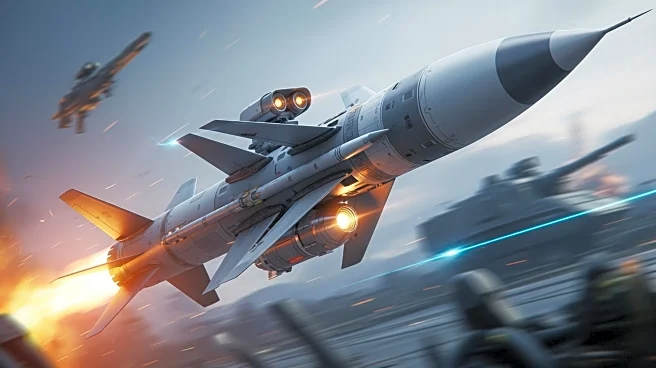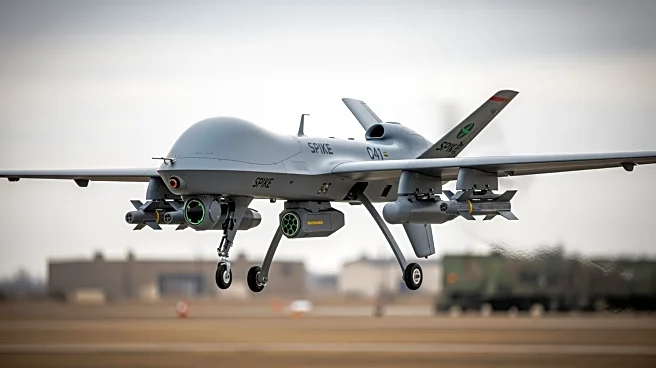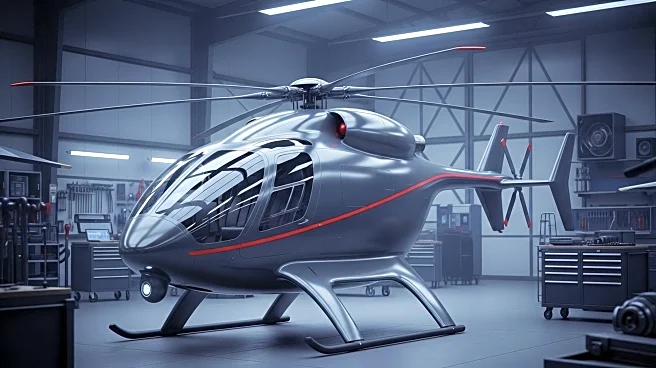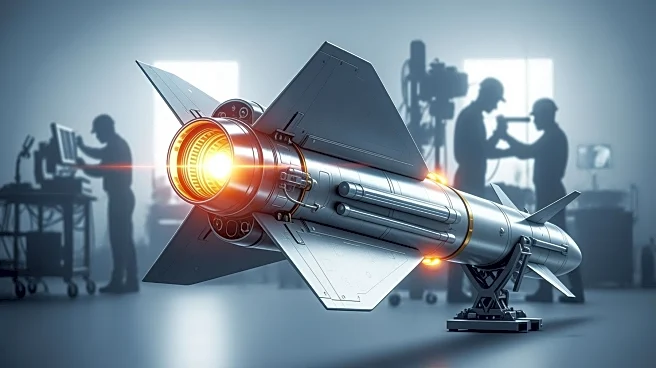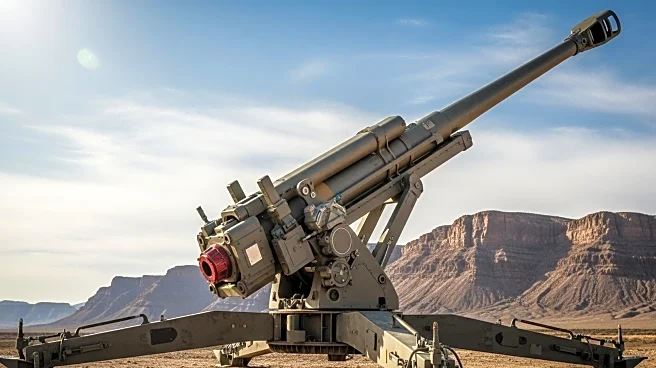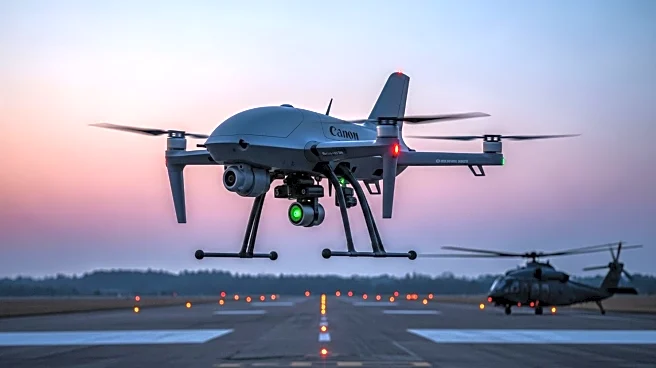What's Happening?
The U.S. Army has approved a plan to acquire and deliver Launched Effects-Short Range (LE-SR) air vehicles to every division by the end of next year. This decision follows a successful three-week demonstration conducted by the 7th Infantry Division at Joint Base Lewis-McChord in August. The demonstration featured the Aevex Atlas, Anduril Altius 600, and RTX Coyote Block 3, and involved various units including infantry, Stryker armored fighting vehicles, and aviation units. Brig. Gen. Cain Baker, director of the Future Vertical Lift Cross Functional Team, highlighted the importance of the demonstration in understanding the operational deployment of LE-SRs. The Army plans to start executing the fielding plan within the next 30 days, and is also developing a plan to field Launched Effects-Long Range air vehicles by the end of fiscal 2026.
Why It's Important?
The acquisition of Launched Effects air vehicles represents a significant advancement in the U.S. Army's capabilities, providing divisions with affordable and expendable systems that enhance both ground and air operations. These vehicles can be deployed into dangerous areas to perform various tasks such as sensing enemy targets, jamming emitters, or directly attacking targets. This flexibility allows the Army to adapt to different mission requirements and improve its strategic and tactical operations. The integration of these systems is expected to bolster the Army's ability to conduct operations in complex environments, potentially reducing risks to personnel and increasing mission success rates.
What's Next?
The U.S. Army is set to begin the execution of the fielding plan for LE-SR air vehicles within the next month. As the plan progresses, divisions will receive these systems, enhancing their operational capabilities. Additionally, the Army is working on a plan to field a family of Launched Effects-Long Range air vehicles by the end of fiscal 2026, which will further expand the range and effectiveness of these systems. Stakeholders, including military leaders and defense contractors, will likely monitor the implementation closely to ensure the successful integration of these technologies into Army operations.
Beyond the Headlines
The introduction of Launched Effects air vehicles may have broader implications for military strategy and defense policy. As these systems become more integrated into operations, they could influence the development of new tactics and doctrines, emphasizing the use of unmanned systems in combat scenarios. This shift may also impact defense spending priorities, with increased investment in technologies that enhance autonomous and remote capabilities.
